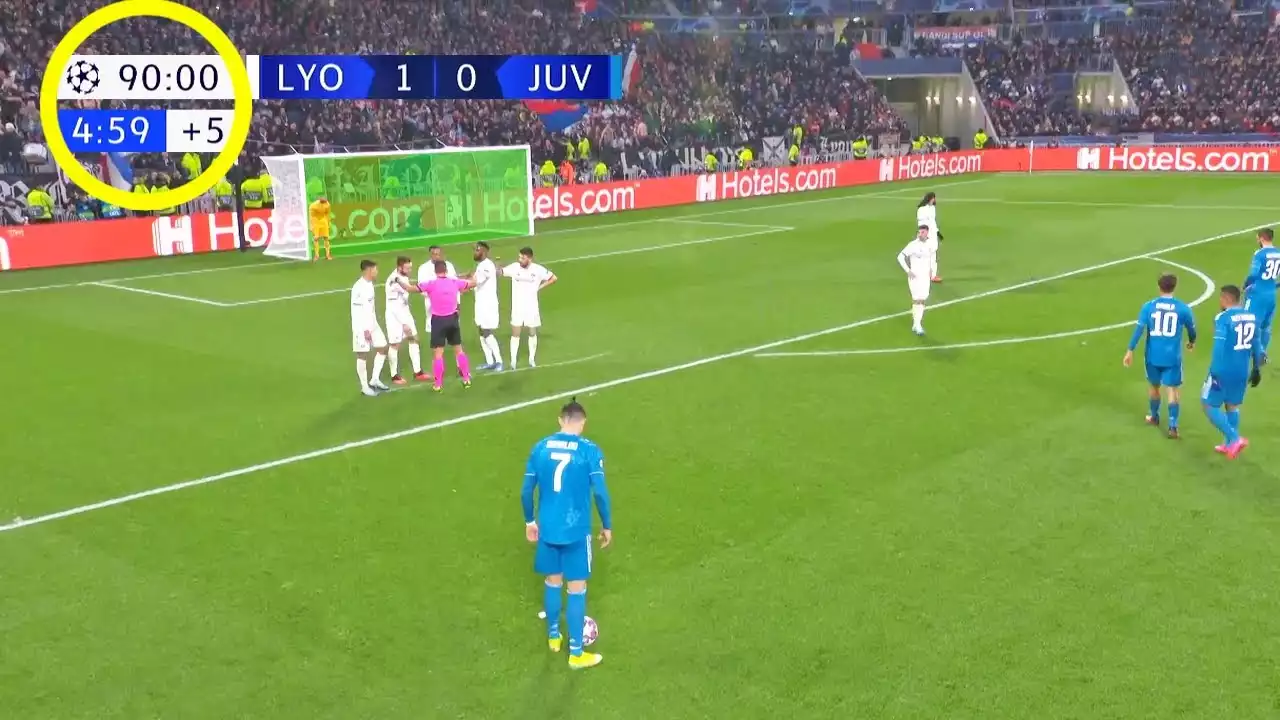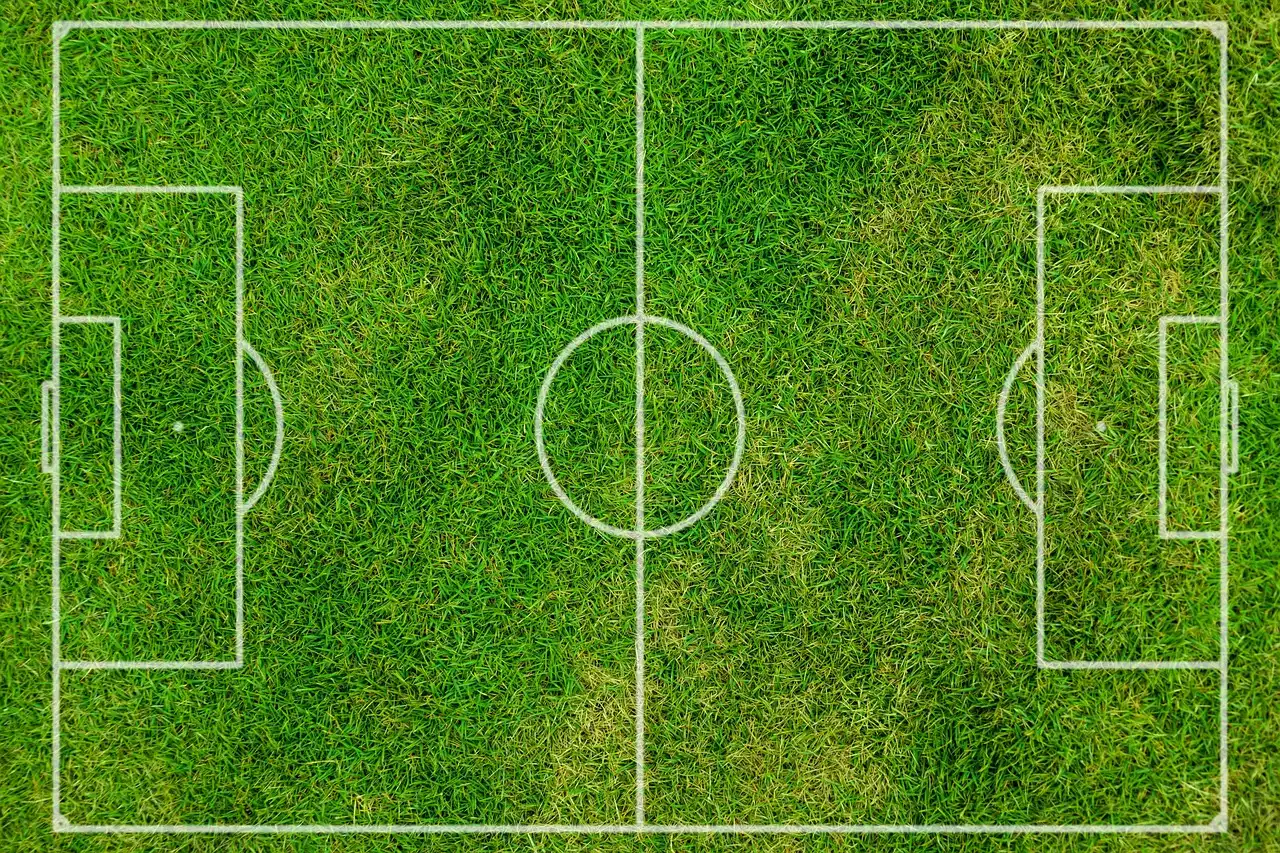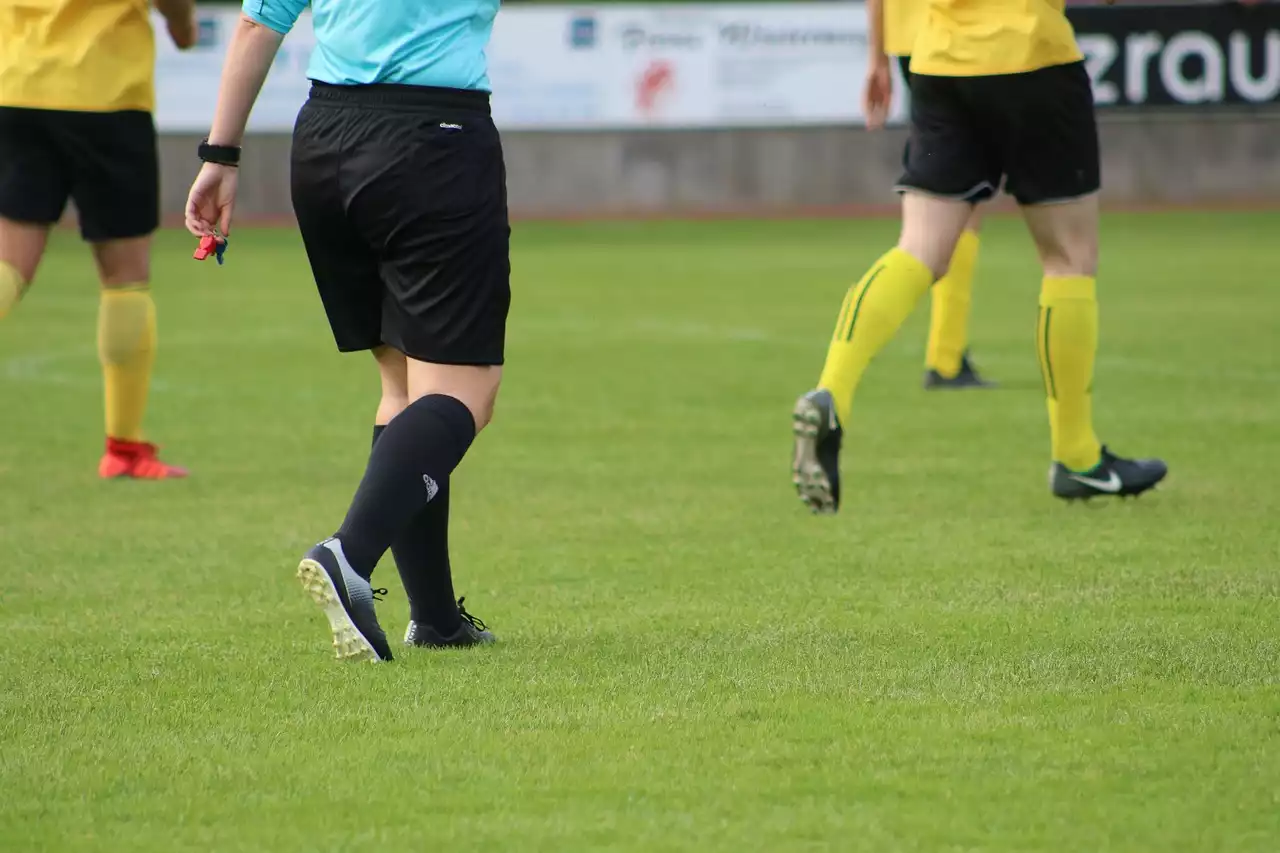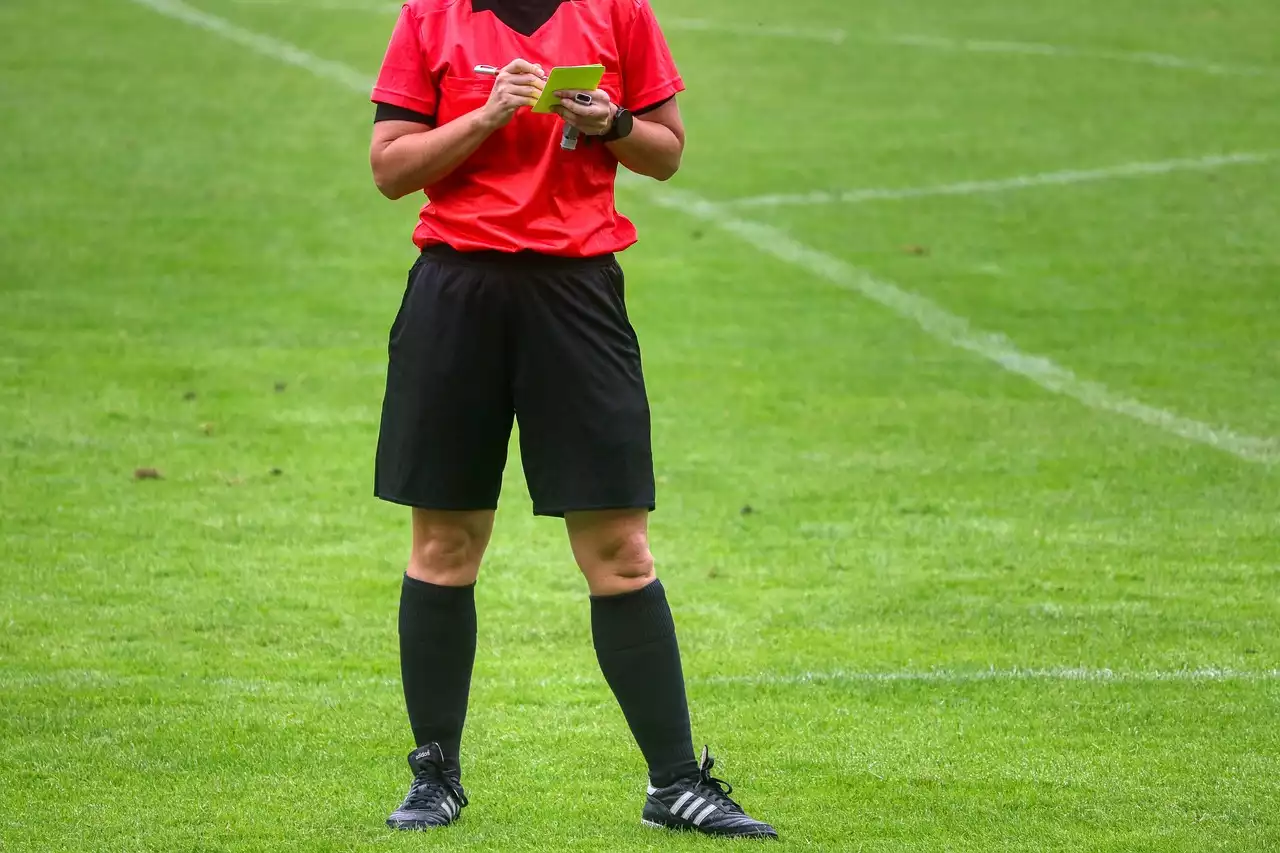Overview of the Offside Rule in Soccer
The offside rule is designed to prevent players from gaining an unfair advantage by positioning themselves closer to their opponent's goal than the ball. The rule states that a player is in an offside position if they are closer to the opponent's goal than both the ball and the second-last opposing player. The offside rule applies to both attacking and defending players, and it is enforced by the referee.
The offside rule is designed to keep the game fair by preventing players from “camping” near the opponents' goal. It also encourages teams to play a more open and attacking style of soccer. This makes for an exciting and dynamic game, as teams are always looking for ways to outwit their opponents.
What is the Offside Rule?
The offside rule is an important part of soccer that helps to ensure fair play. It states that a player is in an offside position if they are closer to the opponent's goal than both the ball and the second-last opposing player. This means that a player can be offside even if the ball is not in play. The offside rule applies to both attacking and defending players, and it is enforced by the referee.
The offside rule is designed to prevent players from gaining an unfair advantage by positioning themselves closer to their opponent's goal than the ball. It also encourages teams to play a more open and attacking style of soccer. This makes for an exciting and dynamic game, as teams are always looking for ways to outwit their opponents.
How is the Offside Rule Enforced?
The offside rule is enforced by the referee. When a player is in an offside position the moment the ball is played or touched by a teammate, the referee will raise their flag and blow their whistle to signal an offside. The referee will then award a free kick to the opposing team.
It is important to note that the referee's decision is final. If the referee believes that a player is in an offside position, then the player will be penalized regardless of the opinion of the players or spectators.
Examples of the Offside Rule in Action
The offside rule can be difficult to understand, so it is important to look at some examples to better understand how it works.
In the first example, a player is in an offside position when their teammate passes the ball. The player is closer to the opponent's goal than both the ball and the second-last opposing player. This means that the player is in an offside position, and the referee will award a free kick to the opposing team.
In the second example, a player is in their half of the field when their teammate passes the ball. The player is level with the second-last opposing player, and the ball is in front of both players. This means that the player is not in an offside position, and play will continue.
In the third example, a player is in an offside position when their teammate passes the ball. However, the referee does not signal an offside because the player was level with the second-last opposing player when the ball was played. This means that the player is not in an offside position, and play will continue.
Benefits of the Offside Rule
The offside rule is an important part of soccer that helps to ensure fair play. It prevents players from gaining an unfair advantage by positioning themselves closer to their opponent's goal than the ball. It also encourages teams to play a more open and attacking style of soccer, which makes for an exciting and dynamic game.
The offside rule also helps to reduce the risk of injury. By preventing players from positioning themselves too close to the opponent's goal, the offside rule helps to reduce the risk of collisions between players. This is especially important in youth soccer, where players may not have the experience or skill to safely move around the field.
Tips for Understanding the Offside Rule
The offside rule can be difficult to understand, so it is important to take the time to learn the rule and familiarize yourself with it. Here are some tips for understanding the offside rule:
- Read up on the rule: The best way to understand the offside rule is to read up on it. Read through the rule in the official rules of soccer and familiarize yourself with their details.
- Watch games: Watching games is an excellent way to observe the offside rule in action. Pay close attention to how the referee signals an offside and how the players respond to it.
- Practice: The best way to learn the offside rule is to practice it. Play some pick-up games with your friends and see if you can spot when players are in an offside position.
How to Use the Offside Rule to Your Advantage
Once you understand the offside rule and how it is enforced, you can use it to your advantage. Here are some tips for using the offside rule to your advantage:
- Be aware of your positioning: When attacking, be aware of where you are about the ball and the second-last opposing player. If you are in an offside position, try to move back quickly to avoid being penalized.
- Anticipate passes: If you anticipate where the ball is going to be played, you can position yourself to be in an onside position when it is played. This will allow you to make the most of your attacking opportunities.
- Take advantage of the goalkeeper's position: The goalkeeper is often the last line of defense. If the goalkeeper is positioned too far away from their goal, you can take advantage of this by positioning yourself in an offside position. This will allow you to score a goal.












